What You Need to Know About Welding Positioners
A welding positioner is a device that rotates around a 360° spin that allows a welder to stand in one position and constantly work on a level surface. It adds comfort for the welder who must perform on odd-shaped parts, such as tubular pipelines. Welding positioners prevent worker fatigue and increase productivity due to the lack of worker movement that is necessary to complete a job. This method also tends to provide consistently high-quality welds since no overhead or vertical runs are involved.
How Does a Welding Positioner Function?
Welding positioners effectively operate by gripping onto a pipe joint or valve and rotating the workpiece, as needed, so the welder can continuously weld a joint in a flat position with no break in the process. This enables the welder to keep the weld puddle in the joint, instead of having to maneuver the torch or electrode-holder.
Welding positioners are practical for increasing welding deposition rates and reducing rejection rates because they allow better accessibility of the welding seam on the pipeline. A welding gripper or welding positioner assists the operator in welding at faster speeds than are possible with a manual or semiautomatic welding setup.
Pipe Welding Positioner Features
l For annular welding, cutting, polishing and assembly.
l Easy to set up a small welding center equipped with quick chuck, torch holder and roller supports.
l DC infinitely variable speed control system..
l Time relay is equipped for auto welding.
l Kinds of extended devices, torch holder and pneumatic cone for choose.
l High frequency protection on electric box.
l Compact and robust design, easy to operate.
How do I properly use a Pipe weld positioner?
Safety is always a top priority when operating a Pipe weld positioner. - It is important to ensure that your Pipe welding positioner is always fixed on a flat, stable surface. The tabletop Pipe welding positioner should also be secured.
It is also important to check the manufacturer's specifications of the Pipe welding positioner. - The motor and controls depend on the size and speed required for the welder to perform, and the manufacturer's specifications will tell you if the welding positioner can handle the operation you need to perform.
A ground current should also be connected to the positioner during the welding process. - Without it, electrical components may be damaged. You should also make sure that the positioner is compatible with the current generated by the welding process.
At OLIVTE, we deliver new and used welding positioners that provide increased comfort for the welder, allowing for increased weld precision on complex jobs. OLIVTE welding positioners increase productivity and are available with a wide range of capabilities, from basic functions to more advanced positioning applications.
Contact us for more information regarding our used and new welding positioners, as well as available welding positioner rental options.
Related news:
What is the difference between the Welding Positioner and the official weld?
What is the difference between gantry milling and beam face milling?
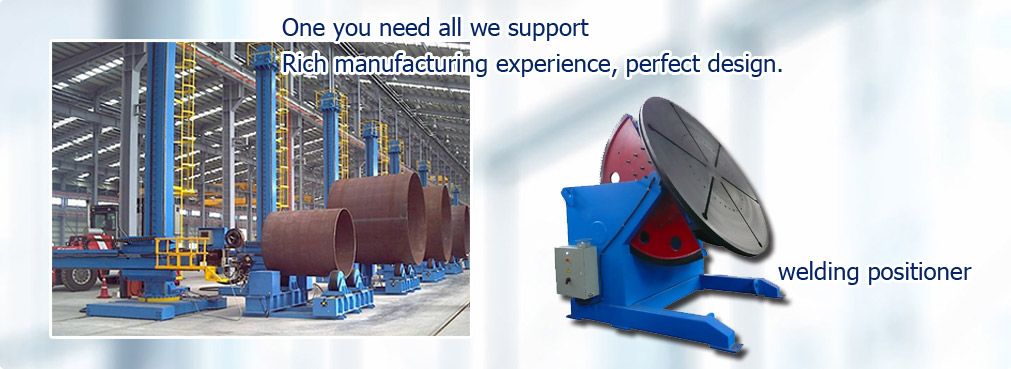
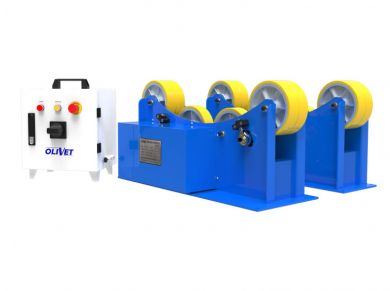
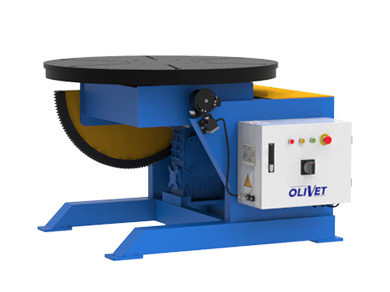
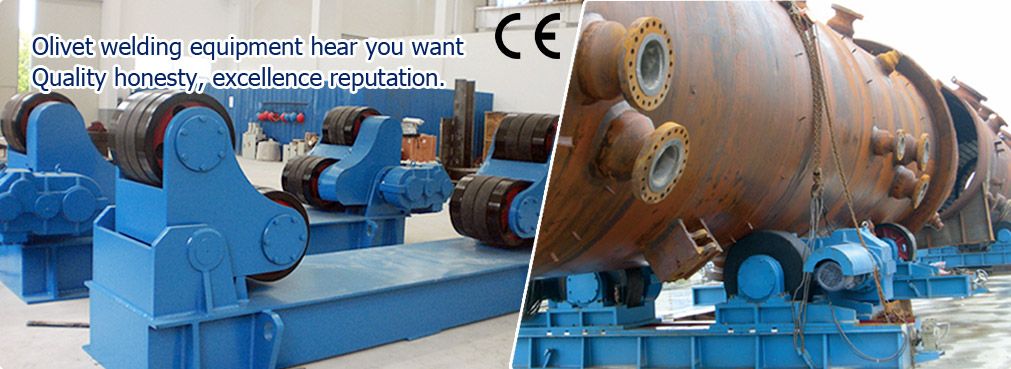

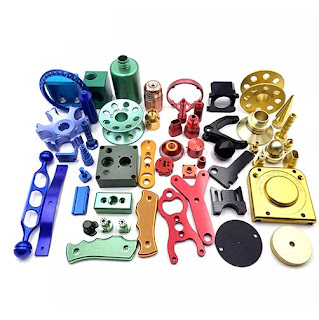
评论
发表评论